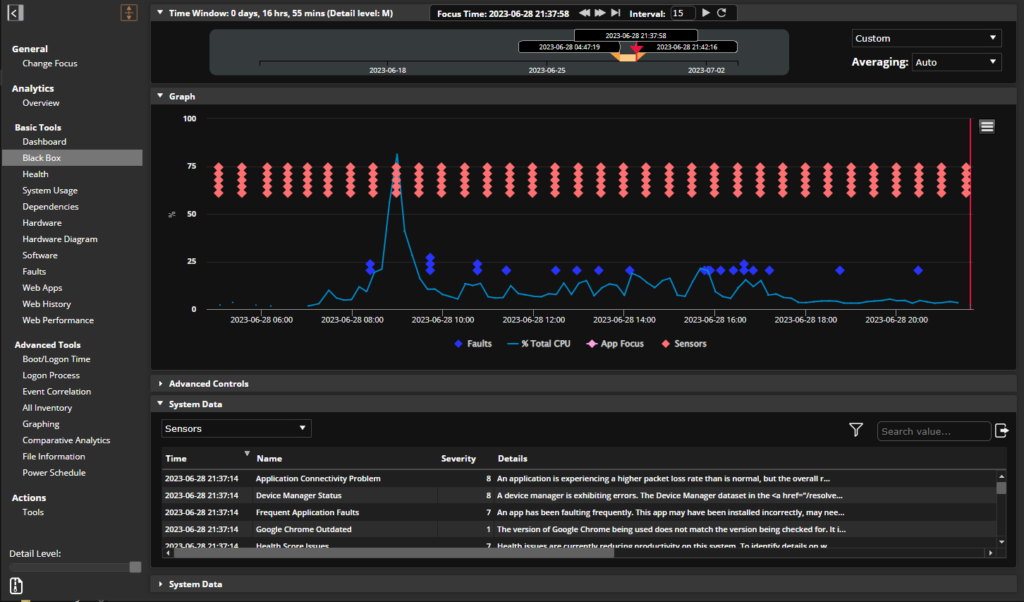
The Significance of Well-Structured Data
Every four years, the calendar gives us an extra day – February 29th, known as Leap Day. It’s a quirky anomaly, a necessary adjustment to keep the Gregorian calendar in sync with the Earth’s orbit around the sun. So what does Leap Day have to do with AI?
In the realm of AI, data is the lifeblood — the very foundation upon which intelligent AI models are built. Much as each Leap Day adjusts the misalignment of our calendars, well-structured data course-corrects discrepancies in AI’s understanding and decision-making processes, keeping the model’s output in sync and enabling it to deliver context and explainability.
Think about a world without Leap Days. Summer would slowly creep into spring, and winter into fall. After a few decades without the subtle calendar adjustment, winter would start in February. It would feel as disorienting as when a generative AI model suddenly spouts out misinformation or hallucinates because of inaccurate data.
The Need for Well-Structured Data
The success of AI models hinges on their ability to extract meaningful patterns and insights from data. Not all data is created equal, however. Well-structured data refers to information that is organized, labeled, and formatted in a manner conducive to analysis and interpretation. It is the raw material from which AI systems derive understanding and meaningful intelligence.
Structured data is the backbone upon which AI models operate. Whether it’s labeled images for training image recognition models, annotated text for natural language processing, or meticulously categorized sensor data for predictive maintenance systems, structured data has a direct impact on AI performance. Its quality and quantity matter.
Without well-structured data – and lots of it – AI models can’t decipher what is good versus bad data, what is accurate versus what is nonsense, and where there are gaps. Lakeside CTO Elise Carmichael said in a recent Forbes article, “At present, large language models rely primarily on information from the internet (a.k.a. sometimes the Wild West). Much of that new data will be created by large language models. Bots feeding bots feeding bots feels like a bad cycle. Because these models are only as good as their data, they inherently have biases and cases of misinformation.”
The Importance of Abundant Data
Just as Leap Day is crucial to keeping our calendar synced, the availability of massive amounts of well-structured data is a necessity for AI models to recognize patterns and make accurate predictions. Kind of like knowing that the seasons will stay on track with summer in June and winter in December (at least in the Northern Hemisphere). The more data AI systems have at their disposal, the better finetuned they are to serve up trustworthy results.
“[W]hen generative AI models are fed the right data, they can achieve greater and greater accuracy,” said Lakeside Founder Mike Schumacher in The American City Business Journals. “So, in industries such as IT, the trust gap is narrowing by the minute, as companies like mine have been sitting on mounds of expert-level data for decades.”
When it comes to AI, the more well-structured data, the better. Useful data gives algorithms a massive toolbox to work with, allowing them to learn faster and make smarter decisions.
Lakeside is the Clear Leader in Well-Structured Data
AI brings a lot of promises for efficiency and cost savings, especially to IT teams. However, not just any data will do for AI integrations for IT. Breadth, depth, and history of data are imperative for IT teams to conduct root cause analysis of IT issues, in turn delivering a stellar digital experience for employees — regardless of whether they are on-site, remote, or hybrid — and uncovering software and hardware waste across digital estate.
If you’re considering taking the leap into AI this Leap Year, look no further than Lakeside Software for the best data. We have long been the leader in data – our SysTrack platform collects and analyzes the most endpoint and telemetry data and structures it better than anyone.
To learn more about how better data gives you better results, download our white paper:
WHITE PAPER
Subscribe to the Lakeside Newsletter
Receive platform tips, release updates, news and more



